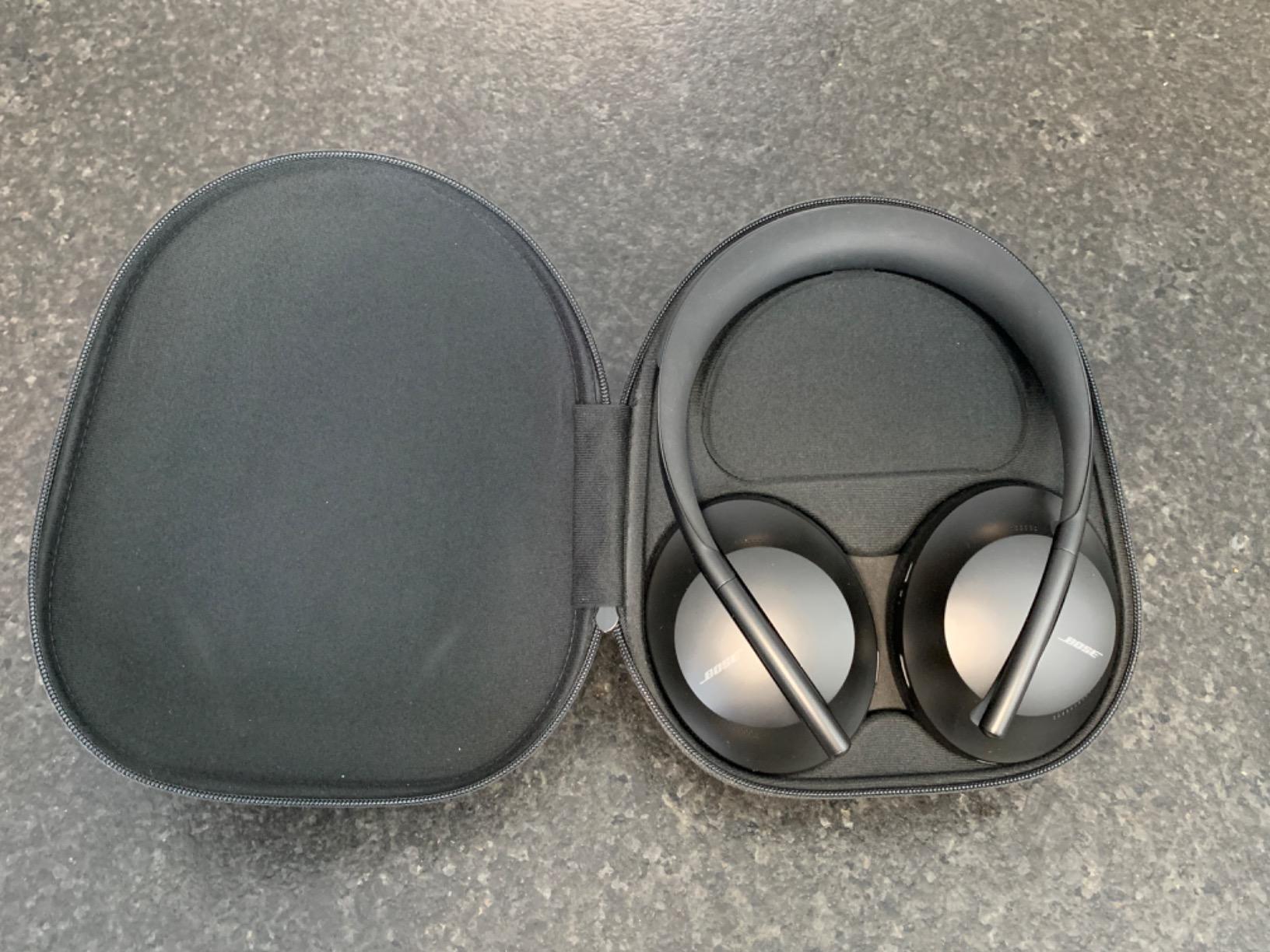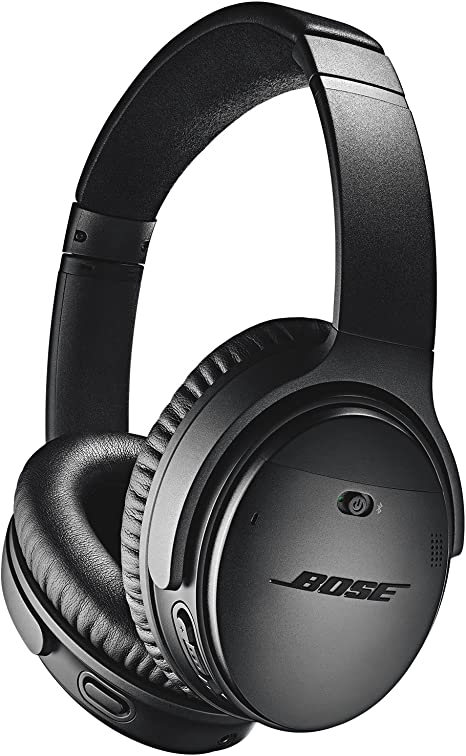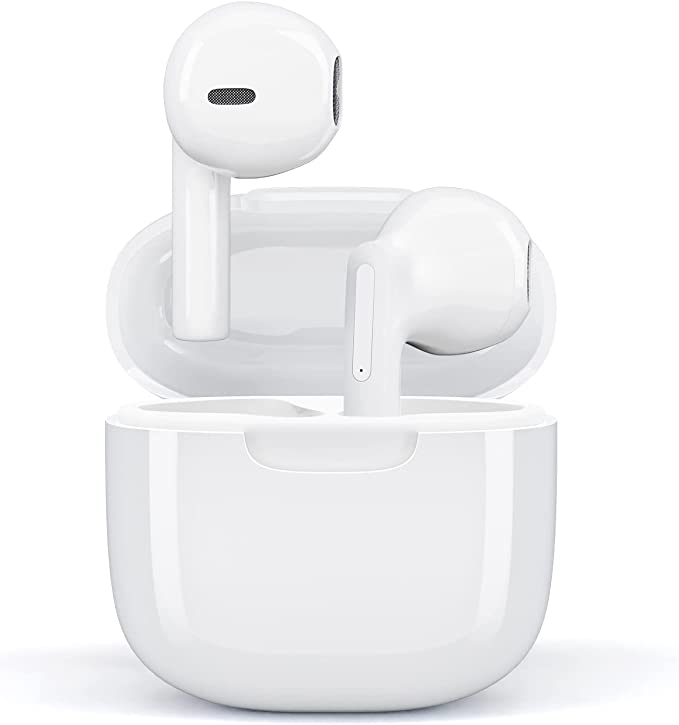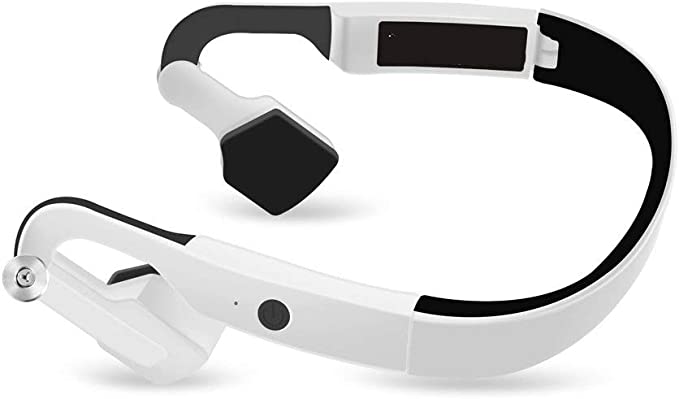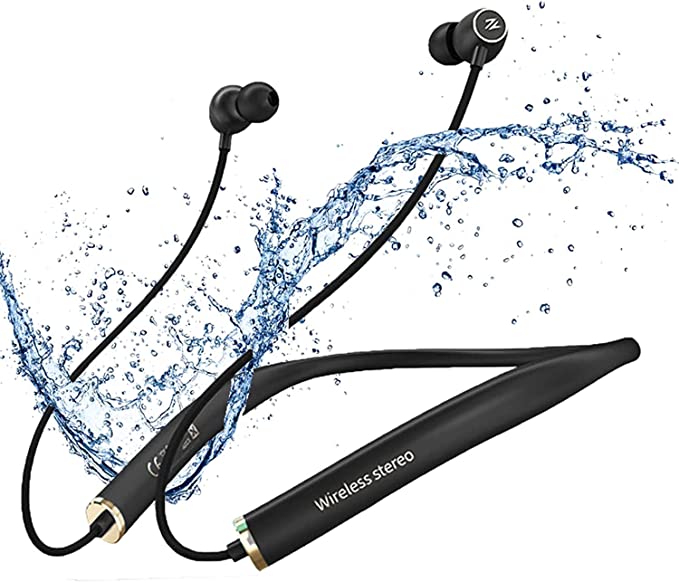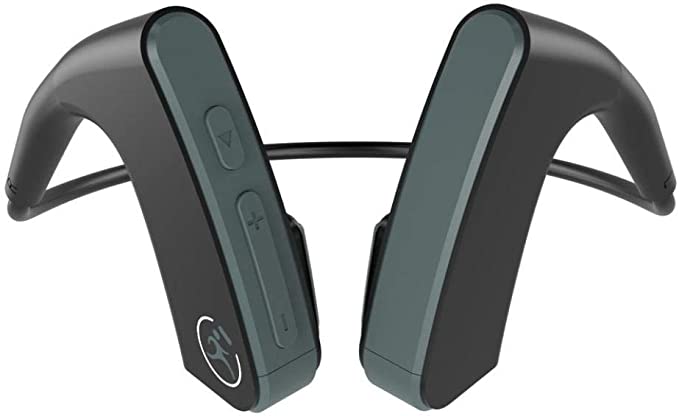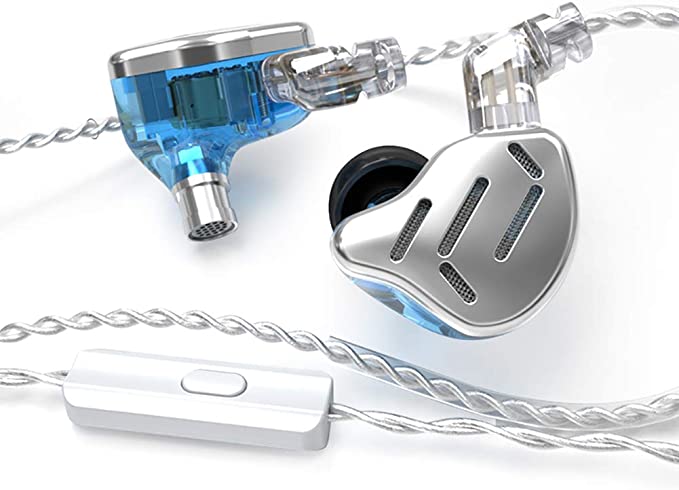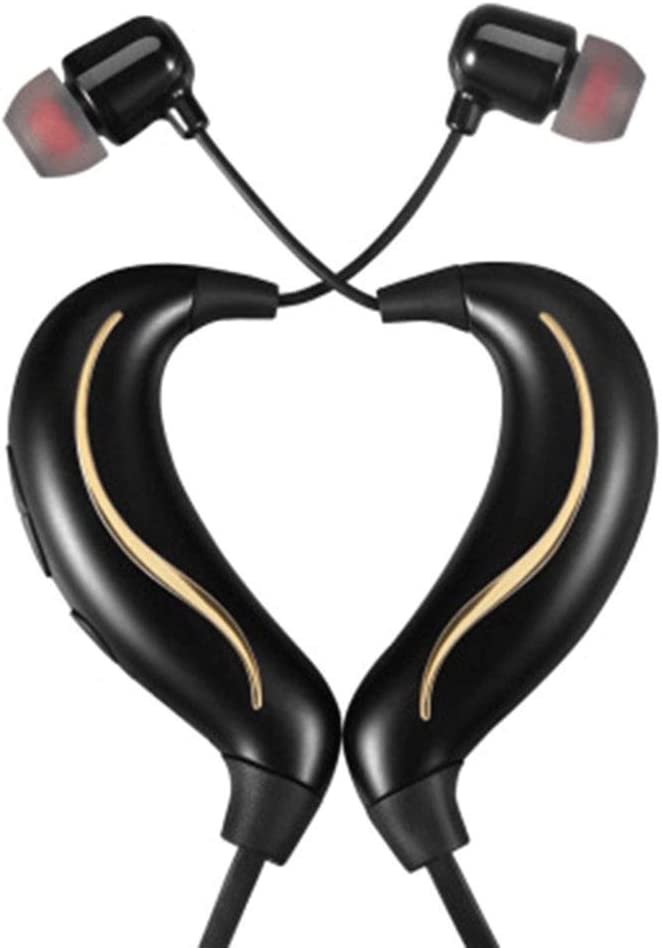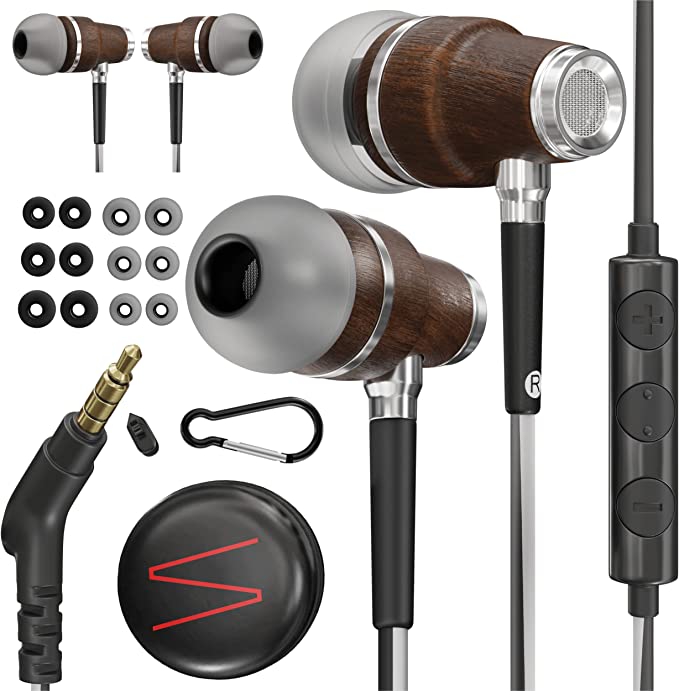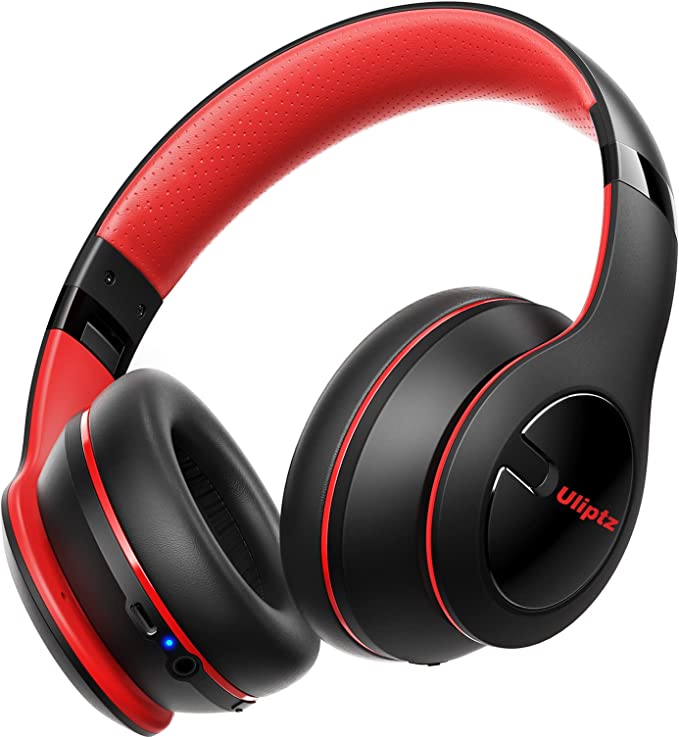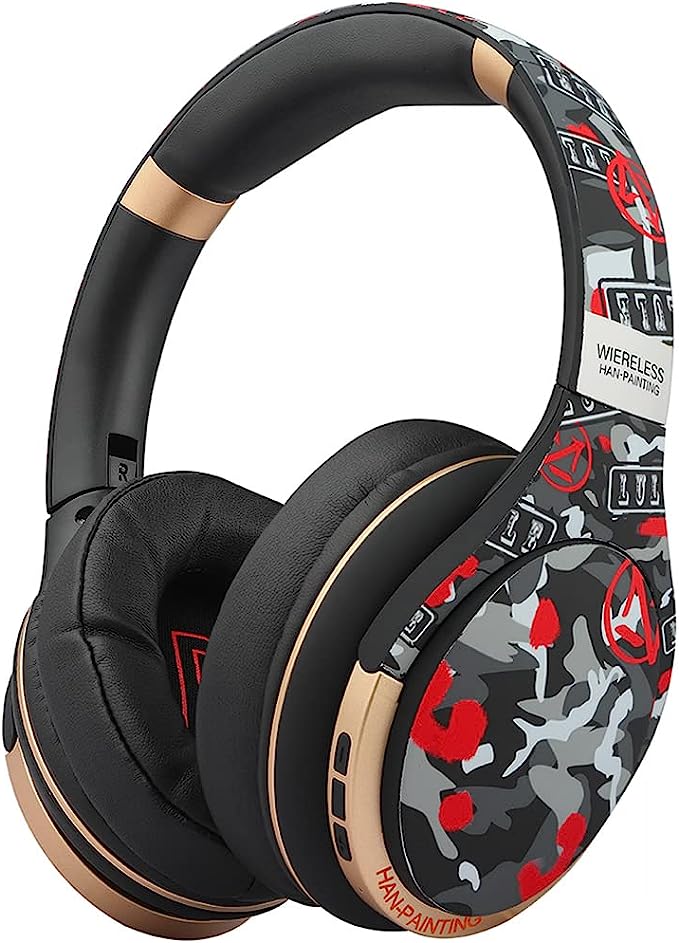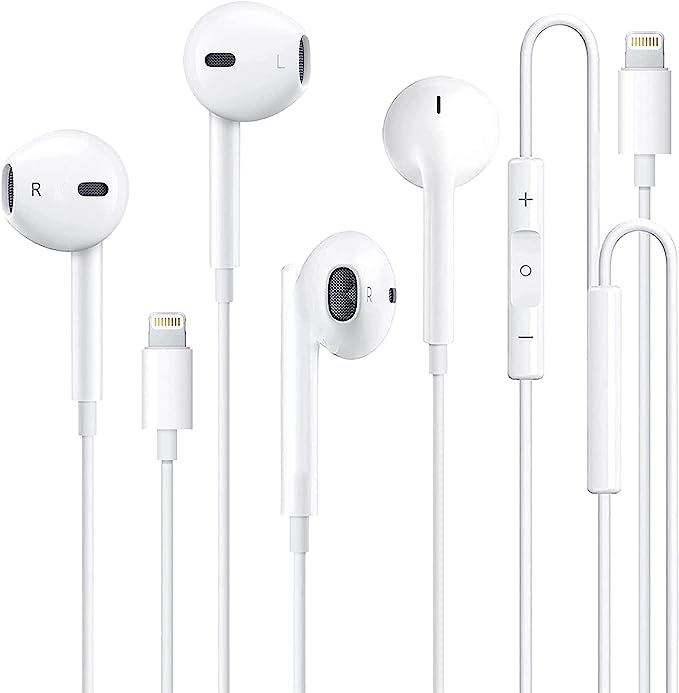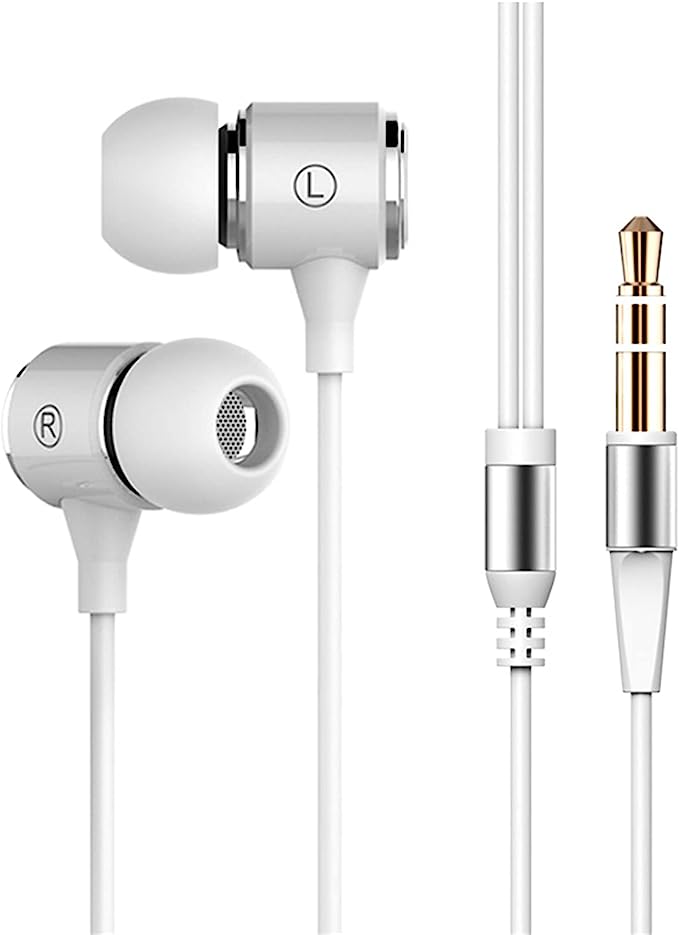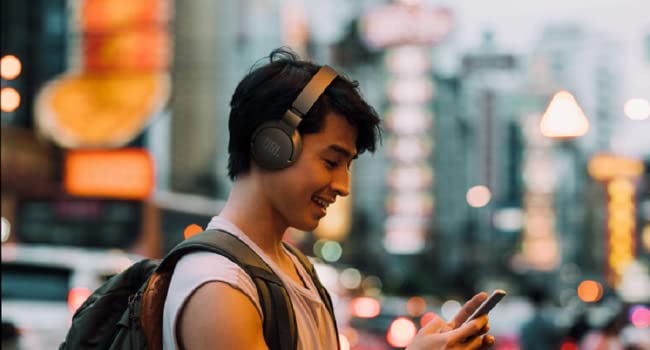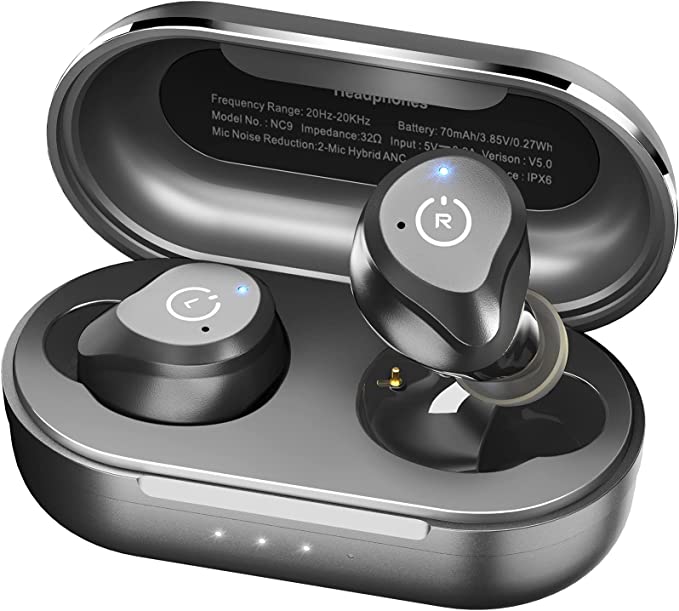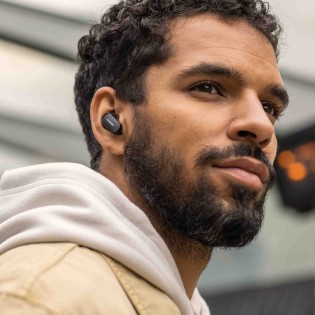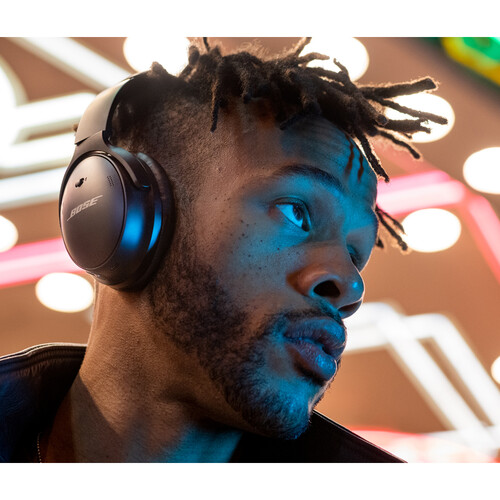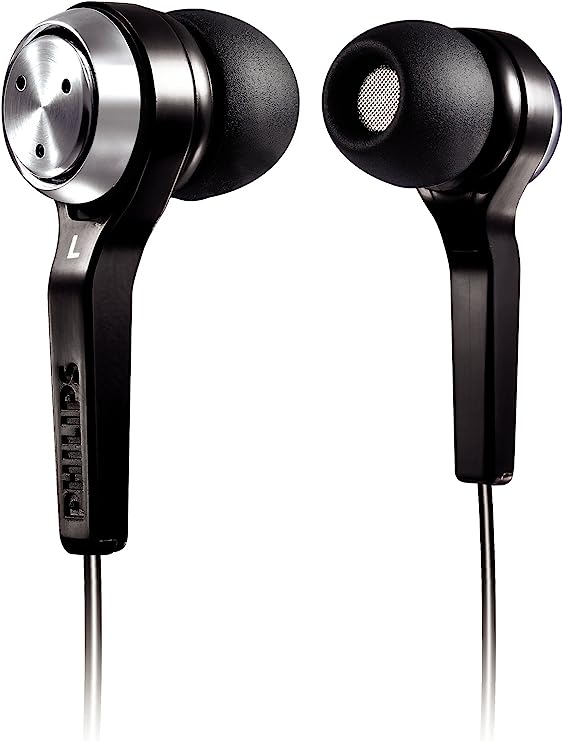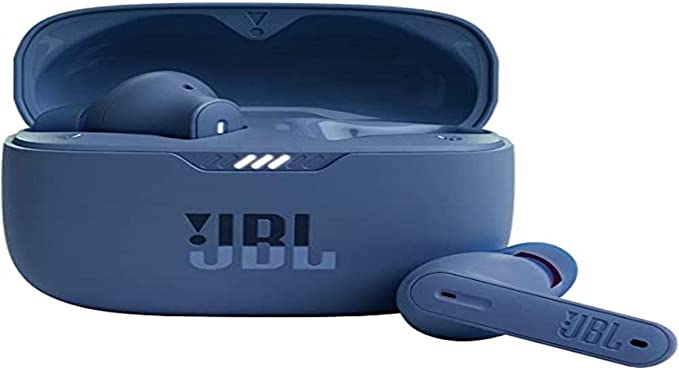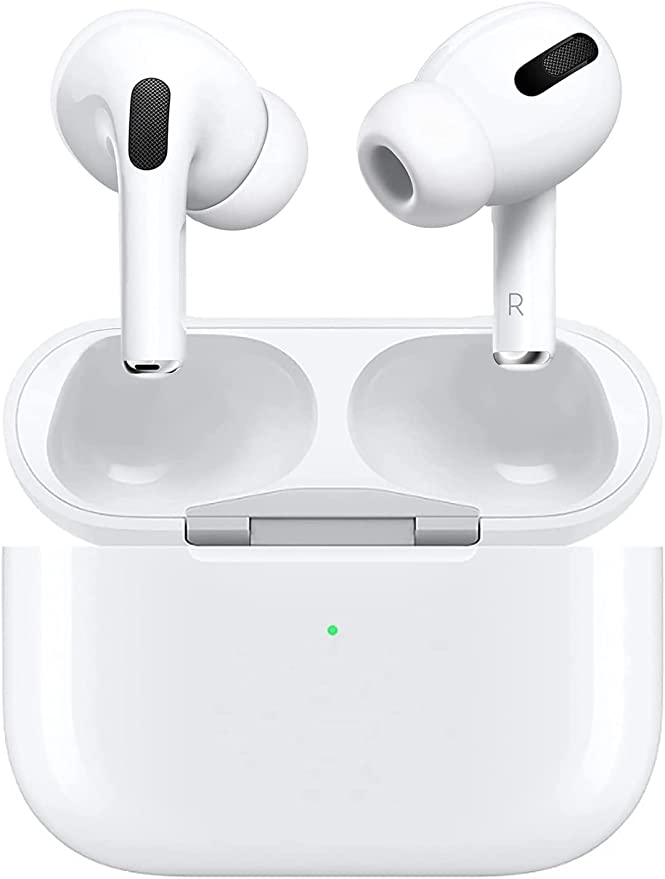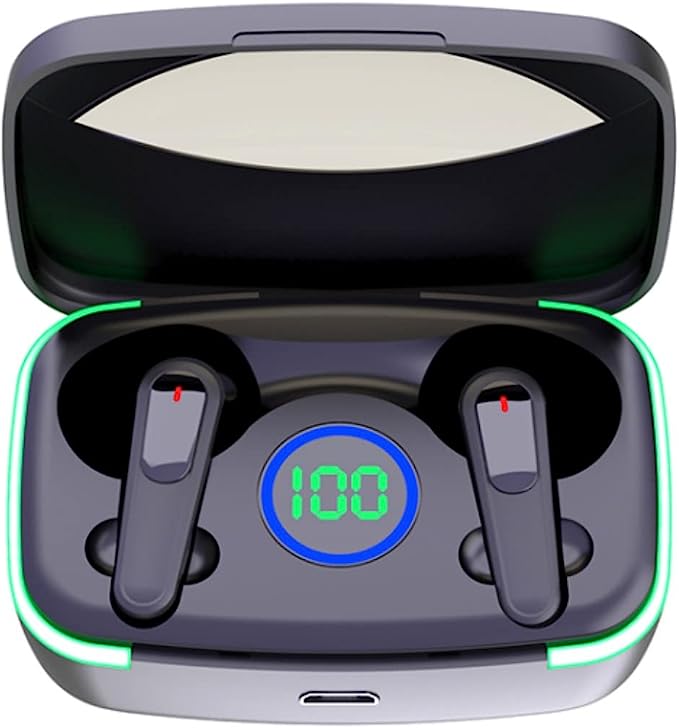Acuvar Wired Ear Bud Headphones (Silver): Affordable Sound and Passive Noise Cancellation
Update on March 21, 2025, 4:24 a.m.
Imagine a crowded coffee shop. The clatter of cups, the hum of conversation, the hiss of the espresso machine – it’s a familiar soundscape for many of us. But what if I told you that this everyday environment, and countless others like it, could be silently damaging your hearing? Noise-induced hearing loss (NIHL) is a growing problem, affecting millions worldwide. It’s often gradual and painless, making it easy to ignore – until it’s too late.

Sound: The Good, the Bad, and the Ugly
To understand NIHL, we need to understand sound. Sound is, fundamentally, vibration. When an object vibrates, it creates pressure waves that travel through the air. These waves have two key properties: frequency and intensity.
Frequency refers to the number of waves that pass a given point per second, measured in Hertz (Hz). The higher the frequency, the higher the pitch of the sound. Humans can typically hear sounds ranging from 20 Hz (a very low rumble) to 20,000 Hz (a very high-pitched squeal).
Intensity, on the other hand, refers to the amount of energy in the sound wave, measured in decibels (dB). The decibel scale is logarithmic, meaning that each 10 dB increase represents a tenfold increase in sound intensity. This is crucial to understand. A sound at 80 dB is ten times more intense than a sound at 70 dB, and 100 times more intense than a sound at 60 dB. Here’s a quick guide to common sound levels:
- Whisper: 30 dB
- Normal conversation: 60 dB
- City traffic: 85 dB
- Motorcycle: 95 dB
- Rock concert: 110 dB
- Chainsaw: 120dB
Your Ears: A Marvel of Engineering
Your ears are incredibly complex organs, designed to capture and process these sound waves. They consist of three main parts:
- The Outer Ear: This includes the visible part of the ear (the pinna) and the ear canal. The pinna helps to funnel sound waves into the ear canal.
- The Middle Ear: This air-filled cavity contains three tiny bones: the malleus (hammer), incus (anvil), and stapes (stirrup). These bones amplify the sound vibrations and transmit them to the inner ear.
- The Inner Ear: This contains the cochlea, a fluid-filled, snail-shaped structure lined with thousands of tiny hair cells. These hair cells are the key to hearing.
When sound waves enter the ear canal, they cause the eardrum to vibrate. These vibrations are transmitted through the middle ear bones to the cochlea. The fluid inside the cochlea begins to move, causing the hair cells to bend. This bending triggers electrical signals that are sent to the brain via the auditory nerve, where they are interpreted as sound.

The Damage Done: Noise-Induced Hearing Loss
Here’s the crucial part: loud noise can damage or destroy these delicate hair cells. Imagine a field of grass. A gentle breeze might cause the blades of grass to sway, but a strong wind can flatten them completely. Similarly, loud sounds can overstimulate the hair cells, causing them to become damaged or die. Unlike grass, hair cells don’t regenerate. Once they’re gone, they’re gone.
NIHL is typically gradual and painless. You might not notice it at first. But over time, you might start to experience:
- Difficulty understanding speech, especially in noisy environments.
- Ringing or buzzing in the ears (tinnitus).
- A feeling of fullness or pressure in the ears.
- Muffled sounds.
Fighting Back: The Science of Passive Noise Cancellation
This is where passive noise cancellation comes in. Unlike active noise cancellation, which uses electronics to generate anti-noise waves, passive noise cancellation relies on physical barriers to block sound. Think of it like closing a window to reduce street noise.
The most important factor in passive noise cancellation is the seal. A tight seal between the earbud and the ear canal prevents sound waves from entering. This is why the ear tips of in-ear headphones are so crucial. Materials like silicone are often used because they are soft, flexible, and can conform to the shape of the ear canal, creating an effective seal. The better the seal, the more effective the noise reduction.
The amount of noise reduction achieved by passive means is often expressed as a Noise Reduction Rating (NRR), although this is more commonly used for earplugs than earbuds. A higher NRR indicates better noise reduction. It’s important to note, however, that passive noise cancellation is generally more effective at reducing high-frequency sounds than low-frequency sounds. This is because low-frequency sounds have longer wavelengths and are more difficult to block.

The Acuvar Example: Affordable Protection
The Acuvar Wired Ear Bud Headphones, while not boasting high-end features, offer a degree of passive noise cancellation thanks to their silicone ear tips. By creating a seal in the ear canal, they help to reduce the level of ambient noise reaching the eardrum. This allows the user to listen to their audio at a lower volume, reducing the risk of NIHL.
Here’s a breakdown of the relevant features:
- Silicone Ear Tips: The soft silicone material conforms to the shape of the ear canal, creating a seal that blocks out external noise. The effectiveness of this seal depends on choosing the correct ear tip size. While the Acuvar packaging doesn’t specify if multiple sizes are included, this is a common practice with in-ear headphones.
- Wired Connection: While some may view a wired connection as a drawback, it eliminates the need for batteries and ensures a consistent connection.
- Flat Cable: Designed to reduce tangling
It’s important to acknowledge the limitations. The Acuvar earbuds are a budget-friendly option, and their noise reduction capabilities are not comparable to those of high-end active noise-canceling headphones. Customer reviews suggest that durability may be a concern, and the sound quality is described as average. The 3.5-star rating indicates a mixed reception. However, for users seeking an affordable way to reduce their exposure to loud noise, they represent a viable option. It is crucial to reiterate that we do not have specific NRR data for these earbuds.
Beyond Earbuds: Comprehensive Hearing Protection
While passively noise-isolating earbuds can help, they are only one part of a comprehensive hearing protection strategy. Here are some other important steps you can take:
- Limit Exposure: The most effective way to prevent NIHL is to limit your exposure to loud noise. If you know you’re going to be in a noisy environment, take precautions.
- Use Earplugs: For very loud environments (e.g., concerts, construction sites), earplugs offer significantly better protection than earbuds.
- The 60/60 Rule: This is a good guideline for headphone use: listen at no more than 60% of the maximum volume for no more than 60 minutes at a time.
- Take Breaks: Give your ears regular breaks from listening, even at moderate volumes.
- Be Aware of Your Surroundings: Pay attention to the noise levels around you and take steps to protect your hearing when necessary.
- Get Your Hearing Tested: Regular hearing tests can detect early signs of NIHL, allowing you to take action before it’s too late.
Listen Up! (But Safely)
Your hearing is a precious gift. Noise-induced hearing loss is preventable, but once it occurs, it’s permanent. By understanding the science of sound and taking proactive steps to protect your ears, you can enjoy a lifetime of healthy hearing. The Acuvar Wired Earbuds, while a basic option, can be a part of that strategy, offering an affordable way to reduce your exposure to loud noise. But remember, they are just one tool in your hearing protection toolbox. Be mindful of your listening habits, take precautions in noisy environments, and don’t hesitate to see an audiologist if you have any concerns about your hearing.
